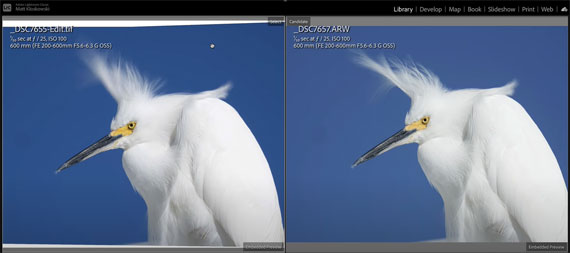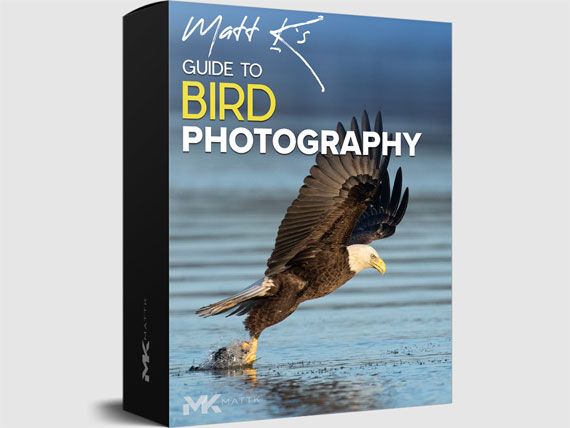Are you stuck in a photography rut, lacking creativity, and taking the same photo over and over again? If you are into wildlife photography or are willing to venture into it, photographer Matt Kloskowski shares an interesting technique using longer shutter speeds to open up a world of creative potential:

In his recent video, Kloskowski walks through his process of discovering the value of using longer shutter speeds for bird photography, an unusual approach that yields fascinating results.
Experiment with longer shutter speeds: Matt discovered this technique while photographing a stationary egret against a blue sky. Initially, he tried capturing a tight shot of the egret’s face with its detailed feathers. However, after dropping his shutter speed, he noticed an intriguing motion blur in the egret’s feathers.
Adjust aperture and ISO: As you experiment with longer shutter speeds, you’ll need to adjust the aperture and ISO accordingly to balance the amount of light coming in. This may involve closing down the aperture or using a higher f-stop number to let less light in.
Blend photos in Photoshop: In the video, Matt combines two photos: one with a blurry background and smooth feathers, and another with a crisp, clear eye. He opens both photos as layers in Photoshop, auto-aligns them, and uses a layer mask to reveal the sharp details of the bird.
Apply noise reduction when needed: Wildlife photography often requires high ISO, which can result in noise. Matt has another video discussing his experience with noise reduction software and how he incorporated it into his photography workflow.
Expand your creative horizons: Matt emphasizes that this technique can be applied beyond wildlife photography. Look for opportunities to capture stationary subjects with elements moving around them, such as a person sitting with cars passing behind them or a mountain with clouds moving overhead.
By experimenting with longer shutter speeds, you can break free from your creative rut and explore new possibilities in your photography. So, get out there, try new techniques, and keep pushing the boundaries of your creativity.
For Further Training:
For those of you interested in photographing birds, you may want to take a look at this in-depth course on sale. If you have trouble capturing tack-sharp birds in flight, or following the action with autofocus, exposure, or metering – you maybe want to check it out. Currently 25% off which ends soon.
Matt Kloskowski writes…“Bird photography is by far the hardest genre of photography I have ever practiced. At the same time, it’s one of the most rewarding because at the very nature of bird photography, there is no guarantee.
Deal found here: Bird Photography Guide at $50 Off
Like This Article?
Don't Miss The Next One!
Join over 100,000 photographers of all experience levels who receive our free photography tips and articles to stay current:








Leave a Reply